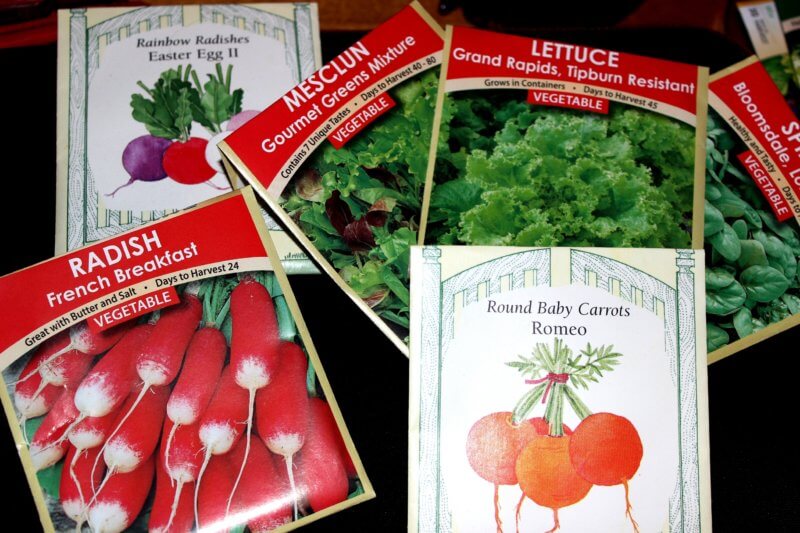While garden’s on hiatus try growing greens indoors
Temperatures have dropped, and the garden has been put to bed for the season. There’s not much to do except peruse garden catalogs and shop for veggies in the produce section of the supermarket.
Right? Wrong. While your outdoor garden may be on hiatus until spring, you can still grow greens for a garden-fresh salad indoors.
Leafy greens are easy to grow in containers and, with a little planning, you can enjoy fresh greens until it’s time to wake up the outdoor garden next year. And you won’t need to worry about insect pests and nibbling critters that plague your garden outside.
First, decide what you want to grow. Leftover lettuce or similar seeds from the past growing season can be used.

Or try something different. Leafy green lettuce, mesclun mix, spinach, arugula, kale and other greens are suitable for growing in containers. And if you have a favorite herb you enjoy in your salads, note that many herbs, such as chives, parsley and mint, will grow happily indoors as well.
You also might consider including some salad extras such as radishes or small carrot varieties. Keep in mind that root crops and herbs will require a deeper container to allow adequate room to grow.
Garden centers may have seed packets available for purchase, and online ordering is always an option. Most seed catalog companies will ship seed orders any time of the year.
Next, find a suitable place for your indoor garden. Select a location away from hot or cold drafts and where you can provide adequate light.
Depending on what you’re growing, a sunny south-facing windowsill that gets direct sunlight most of the day might do the trick. A better option is to provide artificial lighting. A wide variety of grow lights are available, ranging from small lights suitable for a single plant to large, multi-shelf units.
You also can create your own plant stand by using shelves and standard 48-inch shop lights. Hanging the lights from an adjustable chain allows you to keep the light within a few inches of the top of the plants as they grow. For more information on choosing and using grow lights, check out this link.
Containers can be anything from a single flowerpot to a window box planter or something larger. Shallow containers (approximately 3-4 inches deep) are fine for growing greens as their root systems are shallow. If you opt to grow small root crops such as radishes or “baby” carrots, check the seed packet to be sure the container you select will be sufficiently deep and has good drainage.
Next, fill the containers with potting mix and plant seeds according to the directions on the seed packet. Sow generously. Once they’ve sprouted, you can thin to allow room for them to grow.
Simply clip the extra seedlings with a sharp pair of scissors near the soil. These thinned seedlings are your first reward, microgreens for use in salads or other dishes.
When your greens have reached 3-4 inches high, begin harvesting. Cut off the outer leaves, leaving inner leaves to continue to grow.
In order to harvest throughout the winter, plant another container of greens every 2-3 weeks. As one crop is growing, another will be ready to enjoy.
Before you know it, you’ll be preparing to get back to work in the outdoor garden though you may just decide to grow greens indoors all year long.

